The General Best Evergreen Shade Plants to Grow
These plants, flowers, and bushes that love shade are ideal for planting in those less sunny spots like pods or containers, the plants offer continuous foliage, low maintenance, and a variety of textures and forms.
In this no-fluff article, we explore the overall best evergreen shade plants that we have also seen and carefully inspected in reality so that you can bring your shaded environments to life.


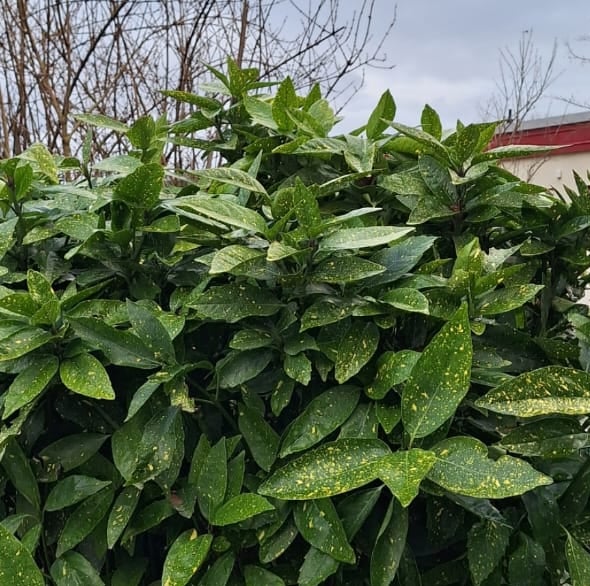



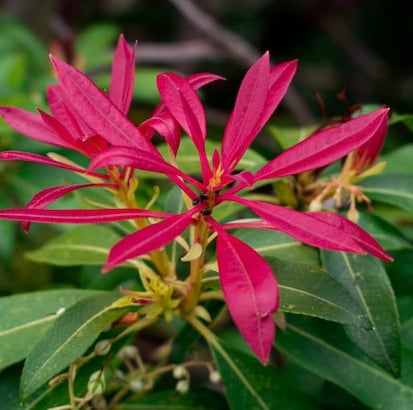

Pieris
Pieris, reaching about 1-3 m (3-10 ft), thrives in acidic, well-drained soil and partial shade. We saw that these colorful shade plants with red new growth have amazing clusters of bell-shaped flowers, the evergreen shade bush adds a unique plant appearance to your shaded areas. It's a deer-resistant shade bush that provides year-round beauty.


Aucuba
Aucuba reaches up to 3m (10ft) in height and prefers well-drained soil and partial to full shade. After growing it we saw that the bush looks like a normal leafy plant but surprisingly it is evergreen. The shade bush plant is known for its large, glossy leaves often speckled with gold, providing a unique visual texture and contrast in your garden.






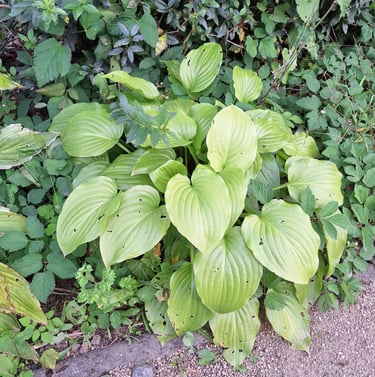

Hostas, varying in size from 30 cm to 1 m (1-3 ft), thrive in partial to full shade and moist, well-drained soil in pods or containers. Known for their lush foliage, they're perfect for shade ground covers and adding texture in shaded gardens. Hostas are shade perennials that are great for cooling the soil and providing habitats for wildlife, they also thrive as a woodland garden plant.


Hosta



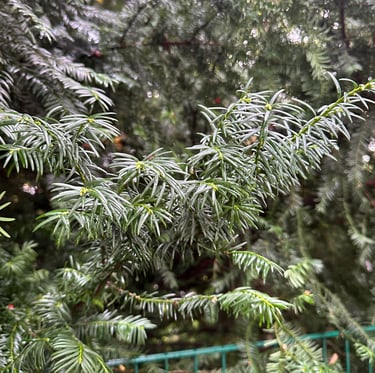
Yew
Yews are bushy, shade-loving evergreen trees that reach heights of 1-20 m (3-65 ft) most of the species are perfect evergreens for shaded areas. They thrive in well-drained soil and can tolerate full shade. Yews are often used for hedges or as foundation plantings, providing a year-round dark green backdrop.




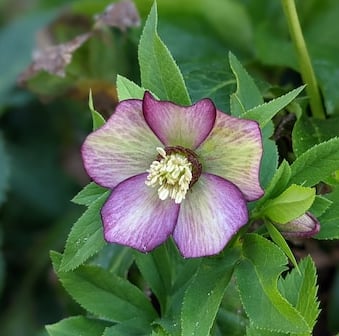

Hellebores
Hellebores, growing to about 30-45 cm (12-18 in), are one of the few plants that bloom in late winter to early spring. They prefer well-drained, fertile soil and partial shade. With their nodding, cup-shaped flowers in various colors, we concluded that Hellebores are perfect for adding early-season interest to your shade garden.




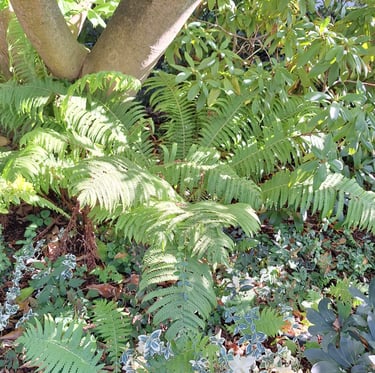
Ferns
Ferns are one of the best shade garden plants that range widely in size and prefer shady areas and consistently moist soil. They're excellent for creating a thriving woodland garden and are known for their air-purifying qualities. Fern plants also add a nice appearance to any shady spot in your green space but are also nice as hanging basket plants for shade.





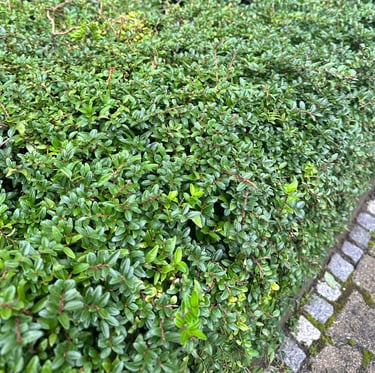
These well-known green bushes are mostly deer-resistant, elegant and easy to cultivate. Boxwoods grow between 0,6m and 1,2m (2 and 4 ft) and are known for their evergreen foliage and dense, rounded form. The relatively small year-round green bush is a classic choice for formal gardens, and its tolerance to pruning makes it a favorite for creating topiary designs.


Boxwood


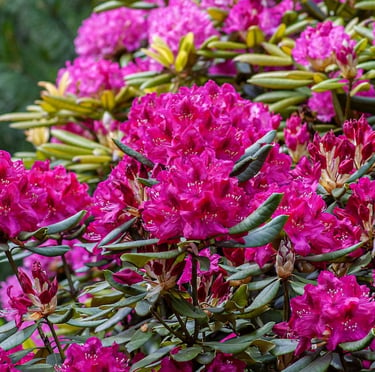

Rhododendron
Rhododendrons range from 50 cm to over 2 m (1.5-6.5 ft), and after growing the pink flowering bush we experienced that they are excellent for adding color and structure to shaded areas. They prefer acidic, well-drained soil and partial shade. Their vibrant spring flowers provide a stunning contrast against their dark, evergreen foliage.


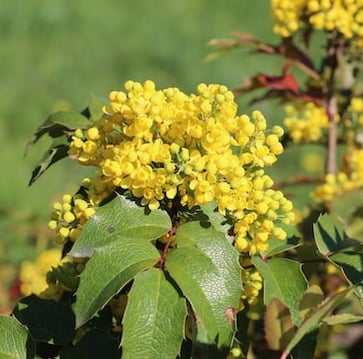

Mahonia
Mahonia grows to 1-2 m (3-6 ft) and loves partial to full shade and well-drained soil. Its yellow flowers in early spring are followed by blue-black berries, attracting birds and wildlife. This evergreen shrub is excellent for natural landscaping or as a drought tolerant shade-loving plant.



Sources
Nature and Sustainability uses only high-quality sources, including peer-reviewed studies to support the facts we describe in our articles. Please read our editorial policy to learn more about how we keep our content accurate, reliable, and trustworthy.
Aucuba: Aucuba japonica - Wikipedia
Rhododendron: Rhododendron (Azalea, Rhododendron, Rosebay) | North Carolina Extension Gardener Plant Toolbox (ncsu.edu)
Yew: Taxus (Yew) | North Carolina Extension Gardener Plant Toolbox (ncsu.edu)
Boxwood: Growing Boxwood: Tips For Caring For Boxwood Plants | Gardening Know How
Mahonia: How to grow mahonia | House & Garden (houseandgarden.co.uk)
Share this article:




Article By:
Calin is in the garden industry for 5 years now and knows a lot about gardening and plants. He is the owner of this website and responsible for most of the content.



